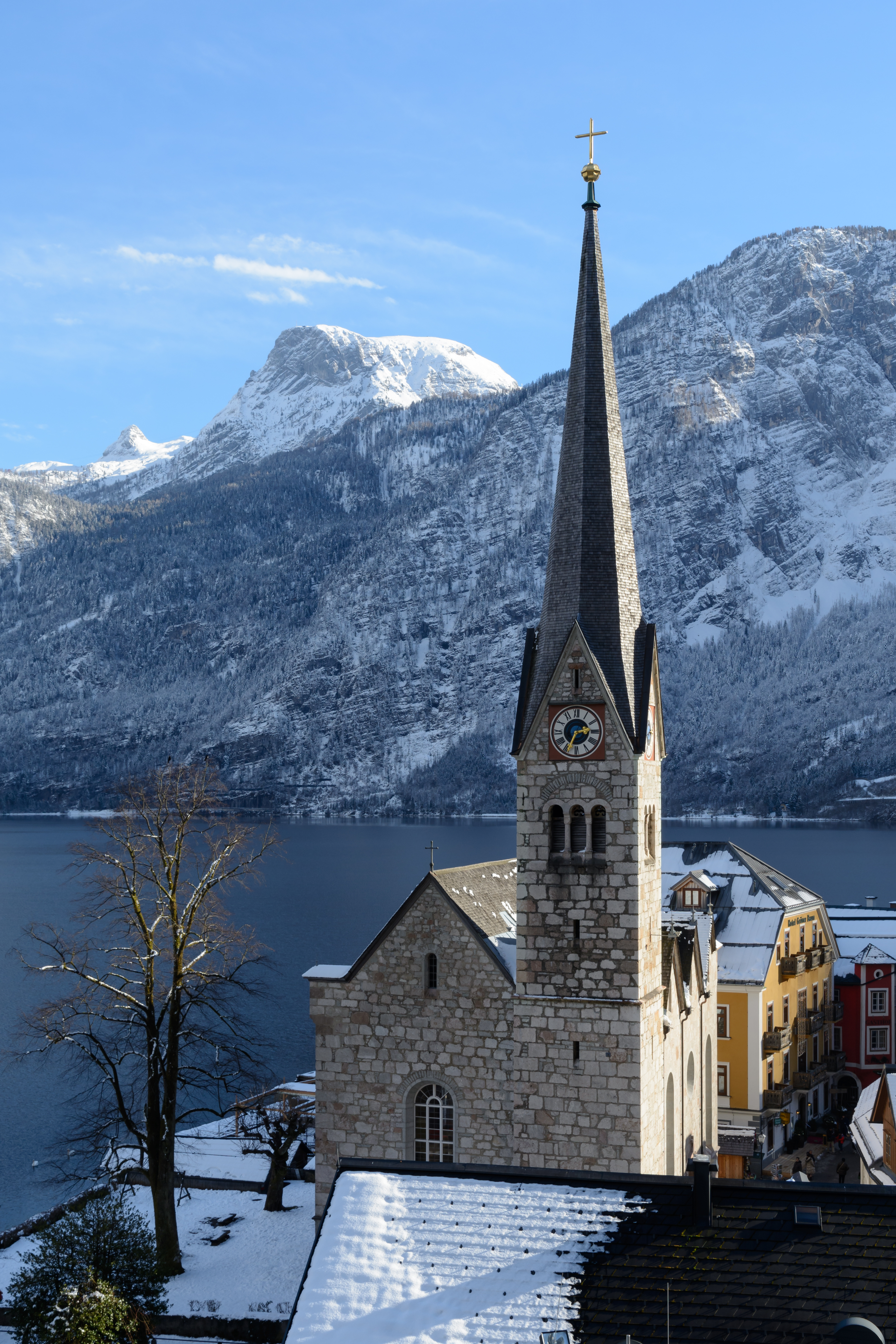The Beauty and Complexity of Alpine Architecture

On July 20th, 2022, I visited the city of Innsbruck in Austria. This city is situated in the mountains within the Alpine region of Europe. The architecture in this region is unique and strategically designed to withstand harsh winter weather conditions. My electronic sensors registered the precise geometrics and shapes of the roofs of traditional Austrian homes and buildings with gabled or shingled roof slopes and intricate details and ornamentation defining exterior walls. The traditional buildings date back to the 15th and 16th centuries and still exhibit woodworking, cooperage techniques, and lead-paned windows. These homes signify the importance of blending anthropogenic architecture and biogeomorphology when choosing construction strategies for a specific environment, ensuring sustainability and resourcefulness of using location-based resources, knowledge system, bioregional characteristics, such as climate, vegetation, ecocultures- traditional practices, and topography into architecture. I find this unique domestic architecture aesthetic, functional adaptation, development and cultural mechanisms interesting as it depicts linkier relations between humans, their cultures, ecosystems, and structural resilience to energy conservation and historical events i.e., plagues, famines, trade routes.
Image link